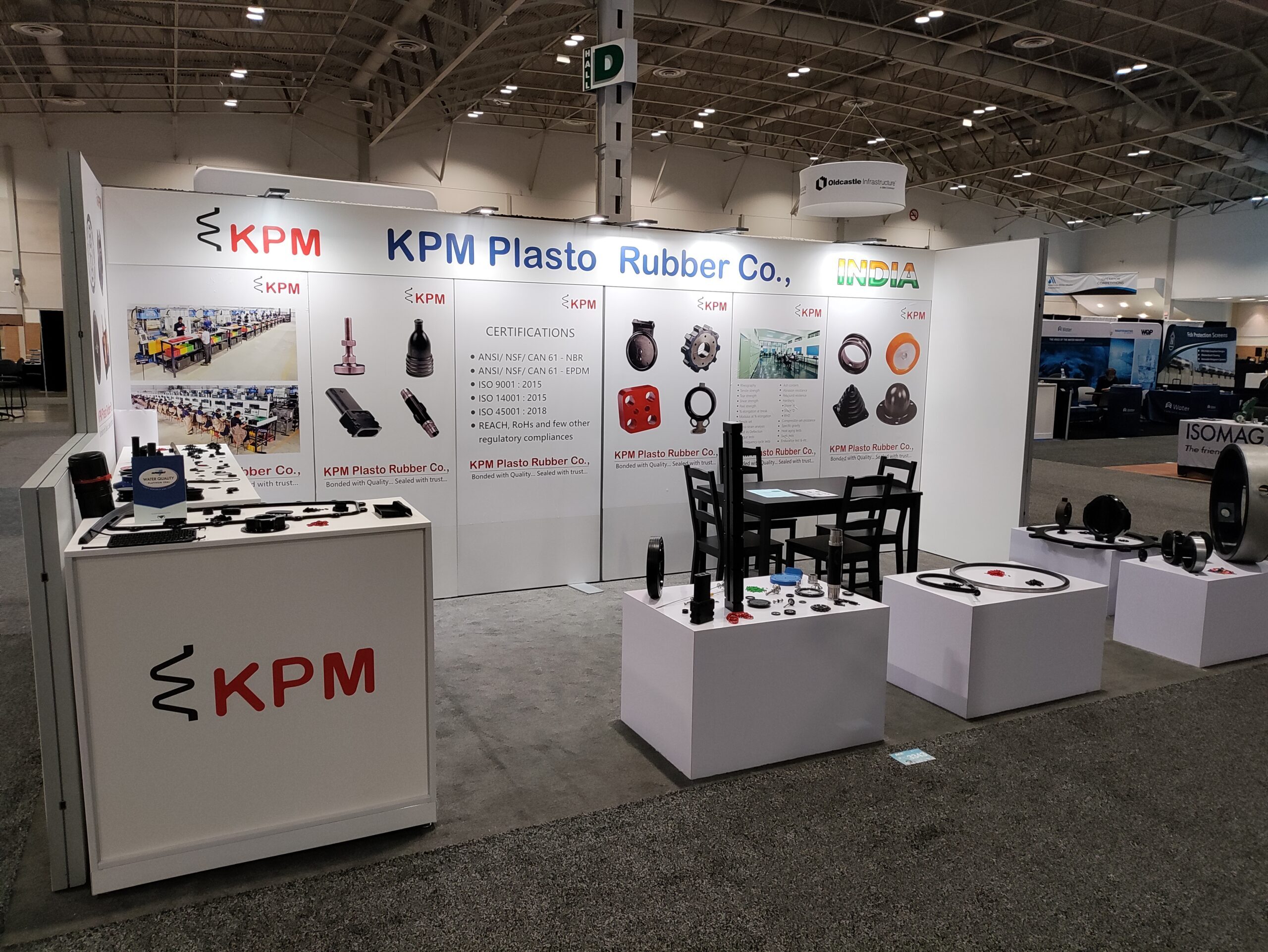Introduction:
Bellows rubber products are essential components used in various industries to accommodate movement, absorb vibrations, and protect sensitive equipment. This article aims to provide a comprehensive understanding of bellows rubber products, including their applications, design considerations, and the numerous benefits they offer to modern engineering and industrial processes.
What are Bellows Rubber Products:
Bellows rubber products are flexible, accordion-like structures made from rubber or elastomeric materials. These components are designed to expand and contract, providing a range of motion to accommodate thermal expansion, mechanical vibrations, and other dynamic forces. The article will delve into the construction of bellows, the types of rubber used, and how they differ from other flexible components like hoses and expansion joints.
Understanding the Construction of Bellows Rubber Products:
At its core, a bellows rubber product is designed to expand and contract, providing a wide range of motion to accommodate thermal expansion, mechanical vibrations, and other dynamic forces. The bellows’ accordion-like design allows it to extend and compress while maintaining its structural integrity, making it ideal for applications where flexible movement is required.
The Different Types of Bellows Rubber Products:
Bellows rubber products come in various configurations, each tailored to specific application needs. Common types include:
1)Axial Bellows: These bellows extend and compress along their length, making them suitable for applications where linear movement is required, such as telescoping mechanisms or vibrating machinery.
2) Universal Bellows: Designed to accommodate lateral movements in multiple directions, universal bellows are used in applications where flexibility in various planes is essential, such as exhaust systems and expansion joints.
3) Hinged Bellows: These bellows incorporate hinges that allow them to flex along specific axes, providing a controlled range of movement, often found in robotic arms and precision machinery.
Material Selection for Bellows Rubber Products:
The material selection process for bellows rubber products is a critical aspect of their design and manufacturing, as it directly influences the product’s performance, durability, and suitability for specific applications. The diverse range of applications in which bellows are used requires careful consideration of various factors when choosing the appropriate rubber material. This article delves into the key considerations and performance factors involved in the material selection for bellows rubber products.
- Environmental Factors and Application Requirements: One of the primary considerations in material selection is the environmental conditions the bellows will be exposed to in its intended application. Factors such as temperature extremes, exposure to chemicals, oils, and other substances, as well as outdoor weathering, all influence the choice of rubber material. For instance, in automotive applications, bellows may require materials that are resistant to oils and high temperatures, while in industrial settings, chemical resistance and durability might be the primary focus.
- Flexibility and Mechanical Properties: The flexibility and mechanical properties of the rubber material play a crucial role in determining how well the bellows can accommodate movement and vibration. The material should exhibit the right balance of elasticity, tensile strength, and tear resistance to ensure the bellows can flex and contract smoothly without compromising its structural integrity.
- Compression Set and Resilience: Compression set refers to the ability of the rubber material to rebound to its original shape after being compressed. It is a critical property for bellows rubber products, as they undergo repeated cycles of expansion and compression. A low compression set ensures that the bellows retain their functionality and shape over an extended period.
- Wear and Abrasion Resistance: Bellows in industrial applications may be subject to wear and abrasion due to contact with various materials or debris. The chosen rubber material should possess adequate wear resistance to maintain its performance and extend the bellows’ lifespan.
- Temperature Range: The operating temperature range is essential in selecting the appropriate rubber material. Some applications might require materials that can withstand extreme cold or hot temperatures without losing their flexibility or structural integrity.
- Chemical Compatibility: For bellows used in environments where they may come into contact with chemicals or corrosive substances, chemical compatibility is of utmost importance. The material should resist degradation or swelling when exposed to these chemicals, ensuring long-term performance and safety.
- Compliance with Industry Standards: In various industries, such as automotive, aerospace, and medical, there are specific industry standards and regulations that govern the use of materials. Ensuring that the selected rubber material complies with these standards is crucial to meet safety requirements and ensure product quality.
Conclusion:
Understanding the applications, design considerations, and benefits of bellows rubber products is vital for engineers, manufacturers, and anyone working with machinery and equipment. These versatile components play a crucial role in mitigating movement and protecting vital systems, making them indispensable in modern engineering practices. By applying the knowledge gained from this article, professionals can make informed decisions and optimize the performance of bellows rubber products in their respective applications.


About The Author: KPM Team
More posts by KPM Team